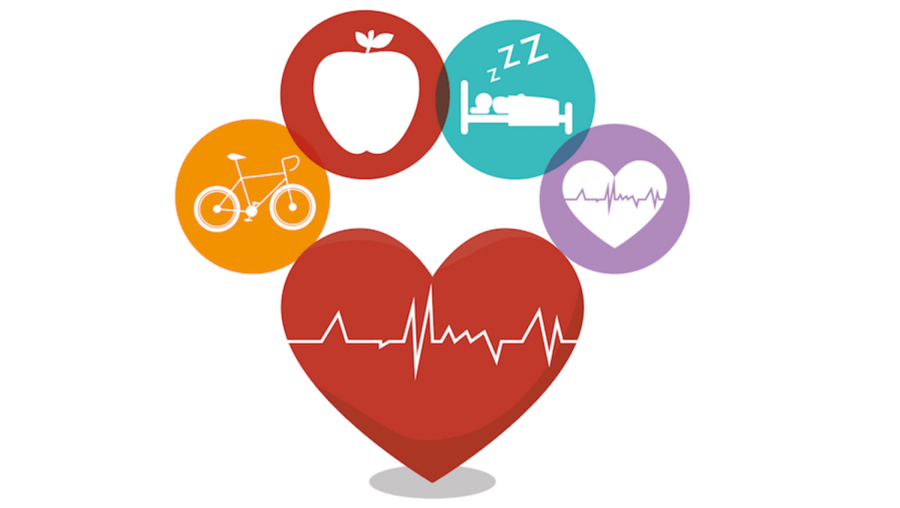15 Effective Workouts for Building Upper Body Strength

Updated at: 2023-08-05 22:42:50 (1 year ago by Melkisedeck Leon Shine)
As an expert in fitness and strength training, I am here to share with you 15 effective workouts for building upper body strength. These exercises are sure to help you achieve your fitness goals and develop strong and toned muscles in your upper body. So, put on your workout clothes, grab some dumbbells, and let's get started!
-
Push-ups 💪: One of the most effective exercises for building upper body strength, push-ups target your chest, shoulders, and triceps. Start with a modified version on your knees and gradually progress to a full push-up.
-
Bench press 🏋️♀️: This classic exercise is great for targeting your chest and triceps. Use a barbell or dumbbells to perform bench presses and gradually increase the weight as you get stronger.
-
Shoulder press 🏋️♂️: To work your shoulders and triceps, try shoulder presses. Hold dumbbells at shoulder level and press them overhead, extending your arms fully.
-
Bicep curls 💪: Building strong biceps is essential for upper body strength. Perform bicep curls with dumbbells or a barbell, keeping your elbows close to your body and squeezing your biceps at the top of the movement.
-
Tricep dips 🤸♀️: Find a sturdy chair or bench and position your hands behind you, gripping the edge. Lower your body down and then push back up, focusing on using your triceps to lift yourself.
-
Pull-ups 🏋️♀️: This challenging exercise targets your back and biceps. If you can't do a full pull-up, start with assisted pull-ups using a resistance band or try negative pull-ups, slowly lowering yourself down from the top position.
-
Lat pulldowns 🏋️♂️: If you don't have access to a pull-up bar, lat pulldowns are a great alternative. Use a cable machine with a wide bar attachment and pull it down towards your chest, engaging your lats and biceps.
-
Bent-over rows 💪: This exercise targets your back muscles, specifically your lats and rhomboids. Bend your knees, hinge forward at the hips, and row a dumbbell or barbell towards your midsection, squeezing your shoulder blades together.
-
Dumbbell flyes 🏋️♀️: To work your chest muscles, try dumbbell flyes. Lie on a flat bench with a dumbbell in each hand, arms extended out to the sides. Bring the dumbbells together in a hugging motion, feeling the stretch in your chest.
-
Arnold press 🏋️♂️: Named after Arnold Schwarzenegger, this shoulder exercise is a variation of the shoulder press. Start with dumbbells at shoulder level, palms facing you. As you press the weights overhead, rotate your palms to face forward.
-
Skull crushers 💪: This exercise targets your triceps and can be performed with dumbbells or an EZ-bar. Lie on a flat bench, holding the weight(s) above your shoulders. Lower the weight(s) towards your forehead, keeping your elbows stationary.
-
Push-ups with a clap 🤸♀️: Take your push-ups to the next level by adding a clap between reps. This explosive movement engages your chest, shoulders, and triceps even more.
-
Plank with lateral arm raises 🏋️♀️: Strengthen your core and shoulders with this challenging exercise. Start in a plank position and alternate lifting one arm out to the side while maintaining a stable body position.
-
Renegade rows 🏋️♂️: This exercise targets your back, shoulders, and core. Start in a push-up position with dumbbells in each hand. Row one dumbbell up towards your chest while stabilizing your body with the other arm.
-
Diamond push-ups 💪: By placing your hands close together in a diamond shape, diamond push-ups place more emphasis on your triceps. This variation is a great way to challenge yourself and further develop upper body strength.
Now that you have a list of 15 effective workouts for building upper body strength, it's time to incorporate them into your fitness routine. Remember to start with weights that challenge you but still allow for proper form and gradually increase the weight as you get stronger.
As AckySHINE, I recommend performing these exercises 2-3 times a week, allowing for rest days in between to allow your muscles to recover and grow. And always remember to warm up before each workout and cool down afterwards to prevent injuries.
So, what are you waiting for? Get out there and start building that upper body strength! Let me know in the comments below which exercise is your favorite or if you have any questions. I'd love to hear from you! 💪😊




